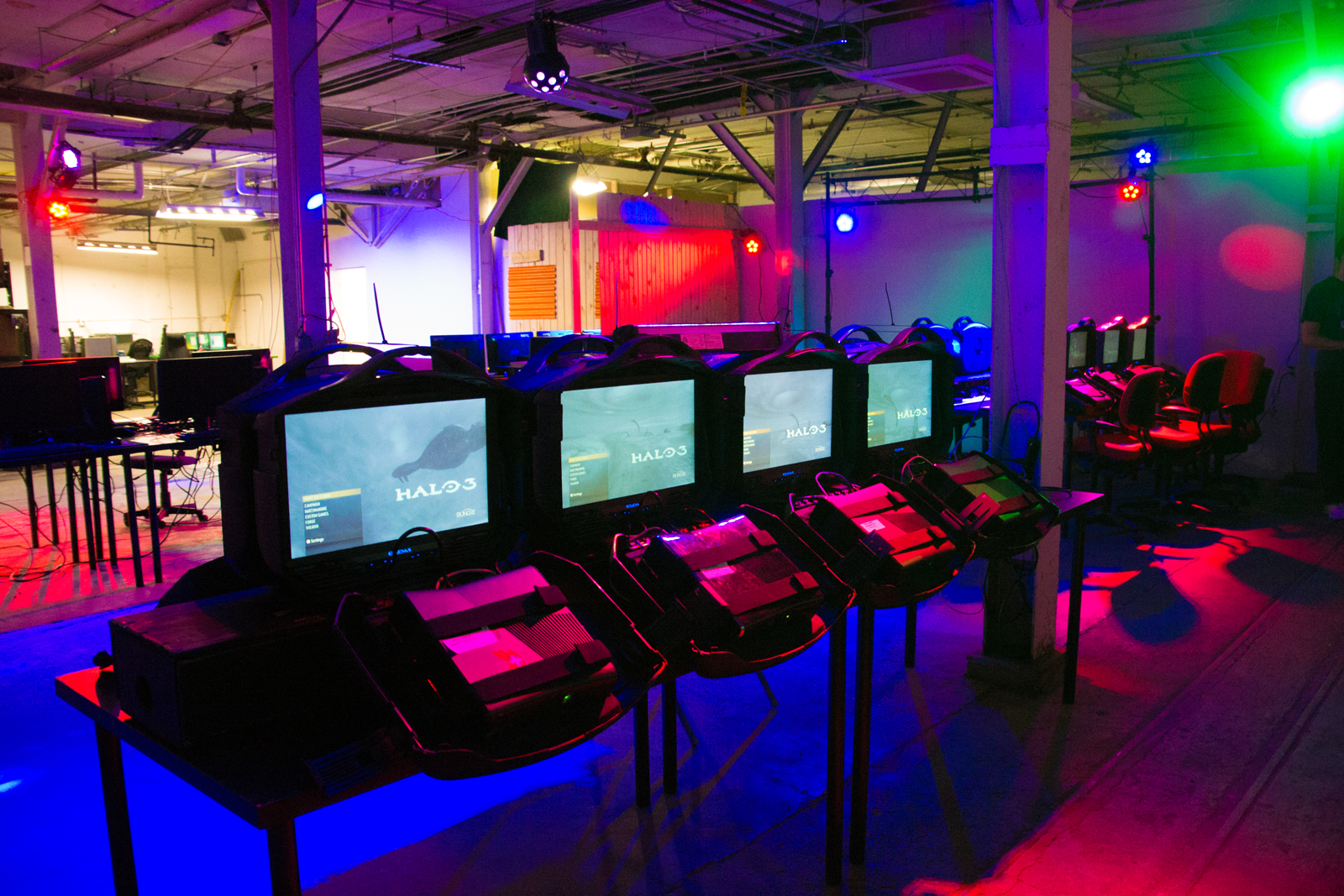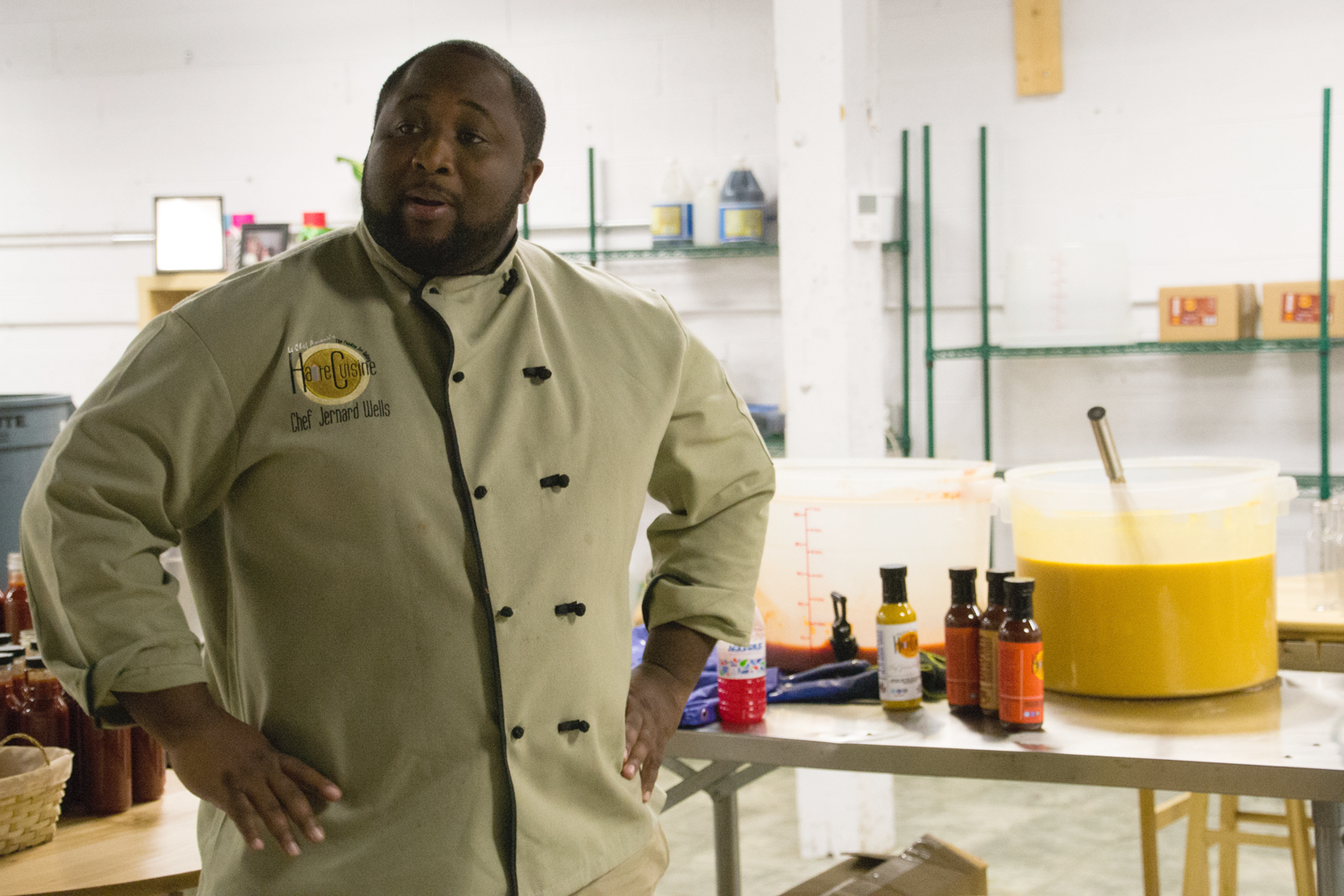To read part one of this two-part series on 3D printing in Chattanooga, click here.
Visiting Chattanooga, Danielle and I really didn’t know what to expect. We heard about the Gig and the smart grid and we were ready for a slew of 3D printing start-ups, but, based on our jaded lives in Los Angeles, it was difficult to picture anything all that different from the dystopian sprawl we were accustomed to. In actuality, our hosts on the tour – J. Ed. Marston and Amanda Ellis from the Chattanooga Area Chamber of Commerce and Keegan Calligar, who performs the city’s PR at Development Counsellors International – introduced us to something very different from what we’d known in LA.
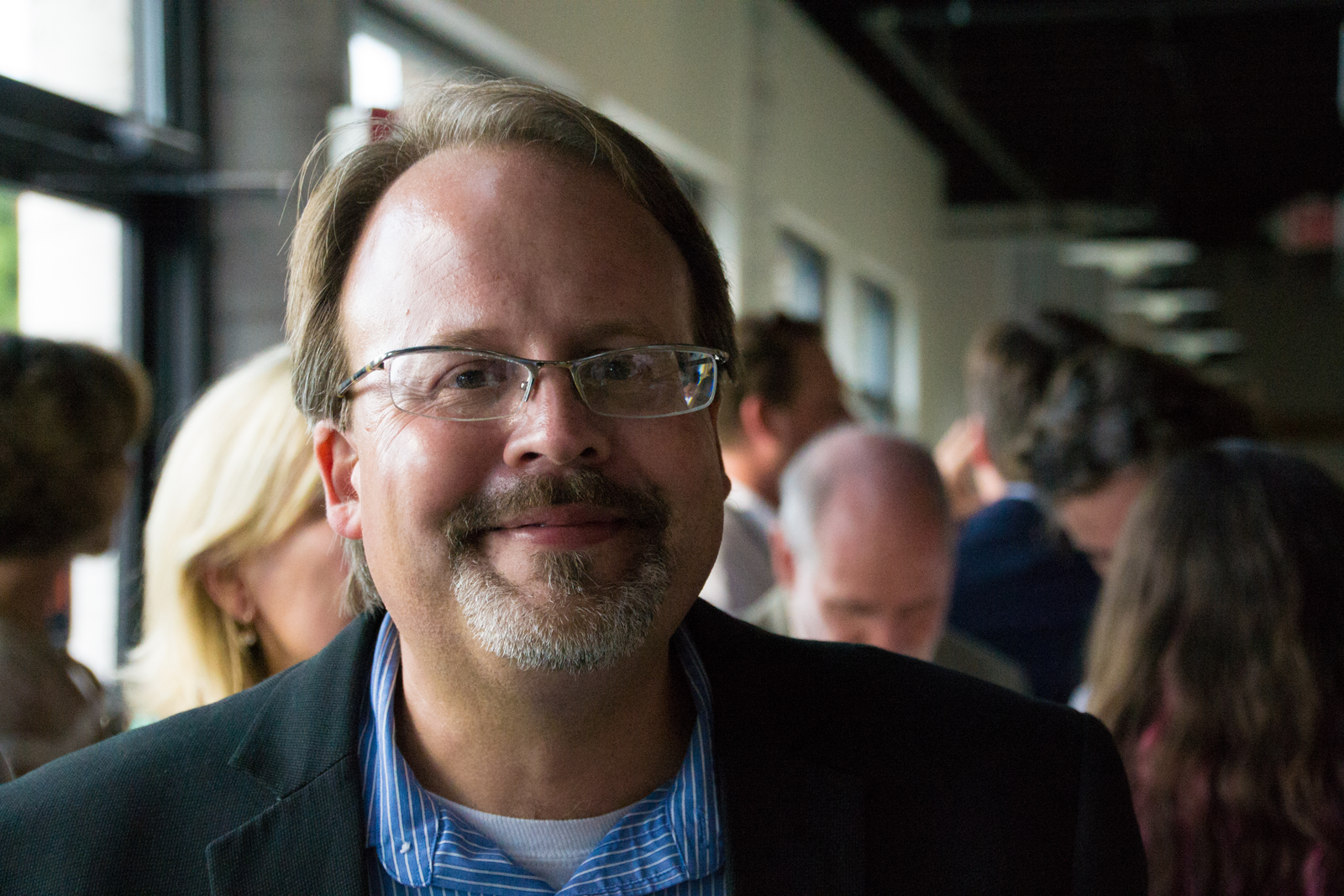
As the story goes: in 1969, Walter Cronkite declared, in an environmental report, that Chattanooga, Tennessee was the dirtiest city in the United States. As J. Ed. explains it, the public broadcast was a wake up call to the city, driving a community of concerned citizens to form and dedicate themselves to completely transforming Chattanooga. Even before the EPA was officially formed, Chattanooga and the greater Hamilton County, created the Chattanooga/Hamilton County Air Pollution Control Bureau to reverse the effects of the area’s large manufacturing sector.
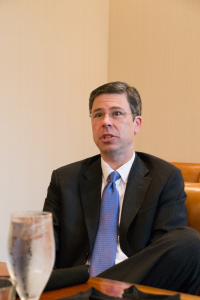
Over the course of four decades, that community engagement grew, as Chattanooga continued to reduce pollution and create a more sustainable urban environment that would attract a greater number of visitors and residents to the River City. Recently, the city reconstructed its waterfront, along the Tennessee River, and created a new park. They’ve also installed a series of charging stations for electric vehicles. And, as they transform the city’s downtown, Chattanooga urban planners are promising to keep it diverse, economically. At a breakfast with City Mayor Andy Berke and County Mayor Jim Coppinger, we learned that Chattanooga is also attempting to keep housing affordable for low income residents by requiring new buildings to include low rent sections. Though many new endeavors have turned Chattanooga into a much greener, more progressive city, the most obvious project to galvanize the city’s new start-up atmosphere is the Gig.
The Gig: a one gigabit per second fiber optic network has become the technological lifeblood of 21st Century Chattanooga. The idea sprang from Harold DePriest, the President and CEO of the city’s municipal electricity distributor, EPB. As Danna Bailey, Vice President of Corporate Communications tells it, when Mayor Jon Kinsey came into office in 1997, he asked DePriest what exactly EPB did for the city, presuming very little. Initially incited by the new mayor’s comments, DePriest came to think that, at the time, EPB really didn’t do all that much more than just exist.
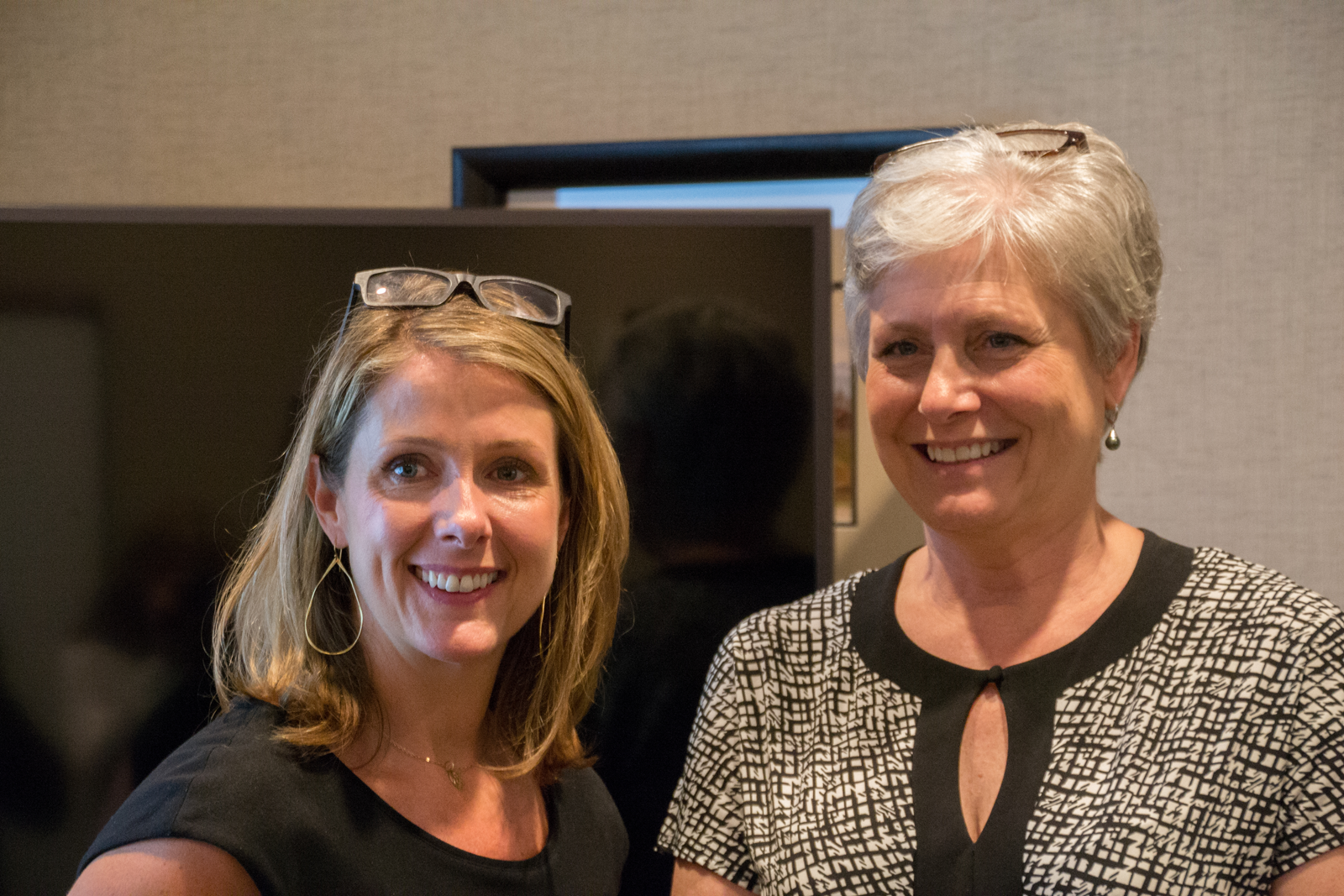
Bailey explains that DePriest decided to revamp the electric company so that it would actually meet the needs of its clients, the community of Chattanooga. Soon, he realized that their electrical grid, like the grids of all the cities in the United States, hadn’t changed much since the 1940s. While the rest of our technology advanced with the advent of computers, the Internet, and communications, the electric system stagnated. As a result, he sought to make Chattanooga’s grid “smart”. But, in order for it to be smart, it would need to be able to deliver data quickly, and with little disruption.
EPB began by providing fiber optic Internet to large businesses that could afford to pay for it. Over the course of a decade, the city prepared for the ability to route it throughout Chattanooga, in order to monitor the electric data passing through their wires on a daily basis. By 2008, the technology was ready and, with a stimulus package from the Obama administration, Chattanooga was able to begin laying down their city wide fiber optic network, along with a series of complex computers to capture and send data between EPB and the city’s residents.
The fact that the smart grid required data transmission speeds of 1 Gbps was incidental. For EPB, the real goal was to monitor electrical flow. With the number of blackouts associated with storms and accidents that any city sees, EPB believed they could save the community money and energy. The smart grid is now capable of registering a power outage anywhere in the city and, many times automatically, diverts power while technicians repair damages. The citizens of Chattanooga are often completely unaware of the temporary outages that, in the past, would have led to days without power. In the case of businesses, such outages would result in greatly reduced production and financial losses.
In addition to these essential functions, the smart grid will ultimately lead to greater control over power distribution to homes and businesses. Not only will EPB be able to send push notifications to tell customers about erratic power usage in their buildings, but, with smart devices, users may be able to create an automated system for increasing and decreasing power to specific appliances in order to use their electricity as efficiently as possible. At the moment, customers can install solar panels and sell unused power back to the city. In the future, the grid will be able to distribute power from various sources to ensure that, when the sun is a-shinin’ most, the bulk of the city’s power comes from solar panels and, when the the wind is a-blowin’, the grid can take more power from wind farms.
Currently, underserved areas around Chattanooga are requesting EPB’s power distribution and gigabit Internet services to be brought into their towns. The company, however, is facing antagonism from ISPs like AT&T and Comcast that don’t want them to expand any further. Last week, EPB filed a petition with the FCC to bypass state regulations that prevent them from serving other regions around Chattanooga. From the sound of it, EPB doesn’t have much interest in reaching out too much further, to become some national powerhouse, because of the large amount of cost and work it takes to develop the infrastructure for a smart grid. Still, they’d like to meet the demands of local clients, just outside of their jurisdiction.
The smart grid alone puts Chattanooga ahead of a lot of cities in the United States. Coupled with the Gig, Chatt sits as one of the most technologically progressive places on the planet. It’s impossible to know what the future holds for a this one-day utopian locale, but, touring the various start-ups in Chattanooga with J. Ed. and the gang, we got a small glimpse of what that future might look like.
Throughout the city, there are now a number of tech companies and incubators that create an entrepreneurial spirit that is hard to miss, at least when you’re touring with the Chamber of Commerce. In addition to CO. LAB, which launched the GIGTANK start-up accelerator that I covered last week, there’s the city’s older incubator, the INCubator. With Chattanooga’s growing tech sector, the INCubator has been able to grow companies that aren’t just focused on traditional retail and manufacturing, but new businesses with a greater technological focus.
Yesterday, I wrote about the INCubator-based Variable, Inc. which has developed a modular sensing device. On our tour of the facility, we also met with WeCounsel, which launched at GIGTANK last year and takes advantage of the Gig’s minimal data transfer latency to provide telehealth over the web. The company’s video streaming app and back-end allows mental health professionals at hospitals and in private practice to hold therapy sessions with patients across the web. This gives patients the opportunity to seek treatment from psychologists, despite hectic schedules and long distances. Once WeCounsel, and similar services, are accepted by the US’s health insurance companies, patients may be able to obtain therapy from providers within their network without having to leave the house.
Another firm based in the INCubator is Iron Gaming, a start-up that is entirely devoted to amateur gaming and standardizing a point system for video game players worldwide. Spun out of the CO. LAB and GIGTANK 2012, Iron Gaming sets up live gaming events for audiences to watch players compete in a variety of e-sports, such as Halo and Call of Duty. Additionally, Chief Operating Officer for the company, Cory Allison, explained that they’re working on improving the access of amateur players to the online gaming world with a bracket system.
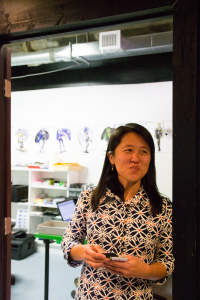
Allison also happens to be a partner in the Jump Fund, a venture capital firm run by women that invests in companies with c-level female executives. Immersed in the city’s already bustling investment scene, the Jump Fund hopes to ensure diversity and equality in the start-ups that emerge from Chattanooga. As a different Jump Fund partner, Tiffanie Robinson, told us, the tech world is dominated by a homogenous collection of Caucasian men. The Jump Fund, as well as the work she does with venture incubator, the LampPost Group, will hopefully bring a more heterogeneous group of entrepreneurs to the industry and, thus, carrying with it, a broader range of ideas.
The LampPost Group itself has a novel approach to venture investment. Rather than simply sign checks for worthy start-ups, the firm mentors the companies in which they invest, giving them a space to work, taking care of their administrative needs – like HR and accounting – and guiding them through the development process.
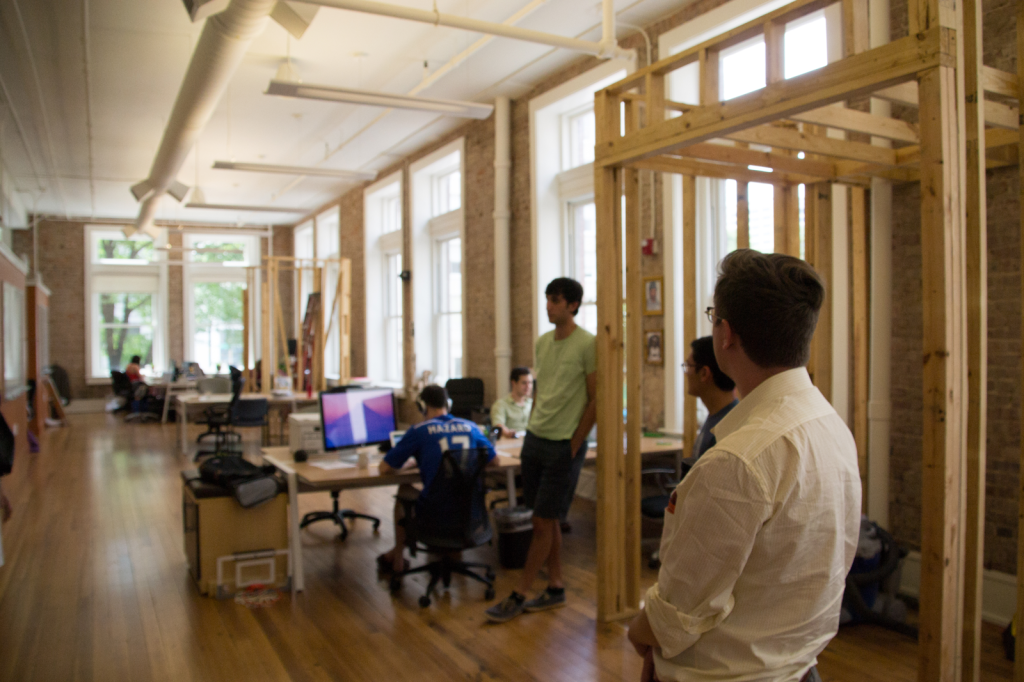
As you’ll note, many of the companies and incubators mentioned seem to cross-pollinate quite a lot. It’s difficult to determine what causes this exactly, but, the explanation from those that we met on the tour was that the whole community just works together at everything. Start-ups might begin at CO. LAB, receive seed funding at GIGTANK, and, with a business plan developed in their first accelerator, move on to the INCubator, where they can take advantage of the low operating costs to get on their feet. Or, if LampPost takes a liking to them, they might be cultivated by the firm’s own mentors.
Then, within these incubators, the entrepreneurs in one office are housed alongside another, quite distinct business, contributing to a spirit of collaboration. Chef Jernard Wells, the Love Chef, can churn up his own brand of barbecue sauce in one area of the INCubator and Variable Inc. can 3D print parts for their sensors in another part. Passing in the hall or sitting down to lunch, diverse companies can share diverse ideas that may inspire insights that wouldn’t have been formed had Chattanooga’s growing businesses remained insular. And it’s that community spirit that will determine what happens with the Gig.
Before the Gig came to town, Stephen Culp visited Chattanooga and sensed a unique energy stirring up in the community there and, consequently, moved his company, Smart Furniture, from Silicon Valley to Tennessee. As an online retailer of design-on-demand furniture, Smart Furniture became one of the first tech start-ups to make the city its home. Culp, among other entrepreneurs in Chattanooga, began sowing the seeds for a tech renaissance, spinning out new businesses, a nonprofit, and an angel investment firm. By the time the Gig arrived, the city was primed for new tech start-ups ready to take advantage of the high speed internet.
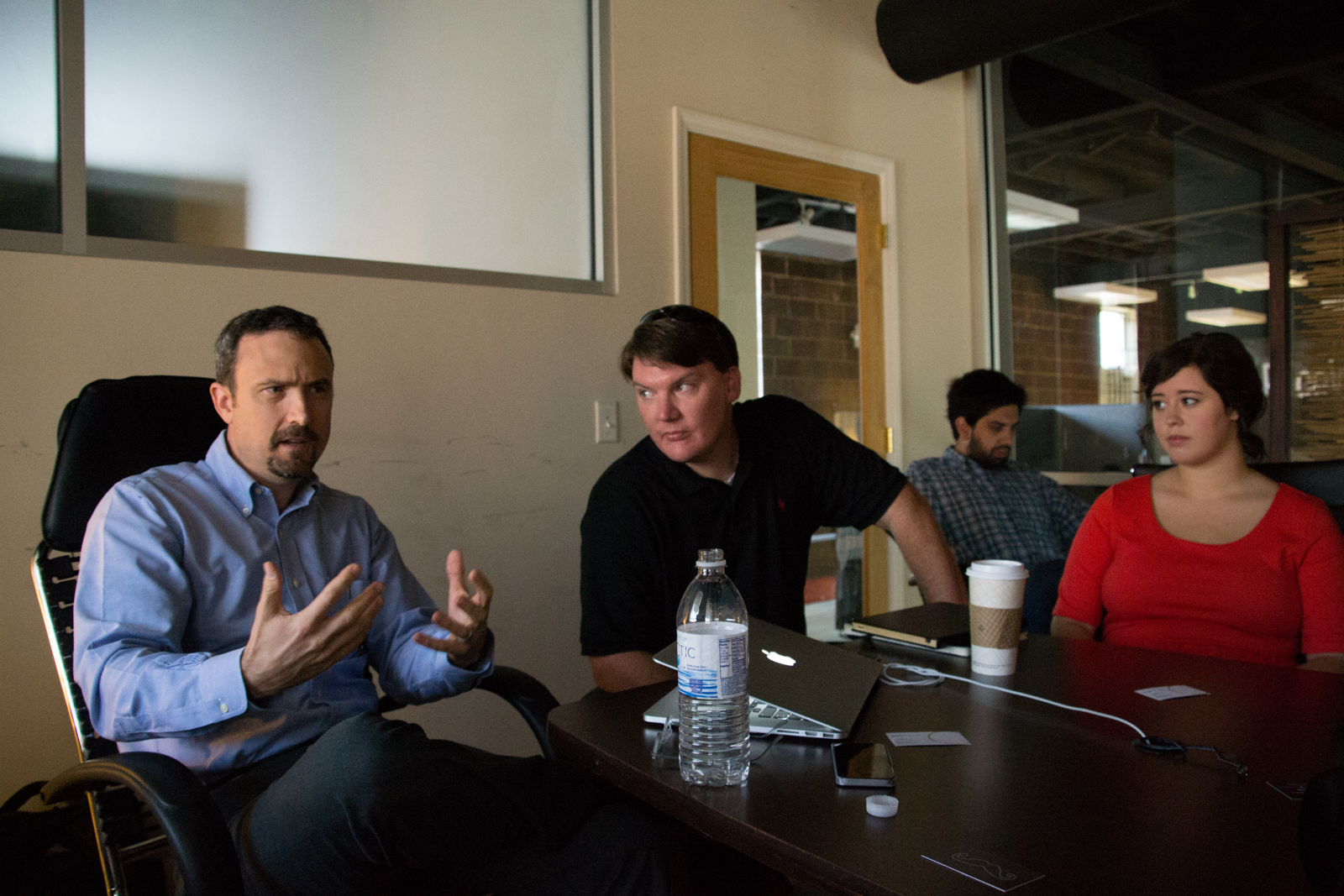
In a meeting with Culp, a Nashville reporter asked what sort of benefit a gigabit Internet network might have for his community, as AT&T announces plans to expand its own gigabit network in the city. Culp responded that, his question was like, going back thousands of years and asking, “This wheel thing I’ve heard about. Your city has this wheel thing. Has it been transformative for your city?” He then, added, “Hm, what can we use this ‘wheel’ for? Why don’t we gather a bunch of people around it and think about out what we can use this for? Maybe transportation. Maybe conveyor belts to move things around. Maybe gear applications. Then, suddenly you realize that the wheel is an infrastructural dynamo that is going to launch us into the stratosphere. So, here we are in Chattanooga and we were introduced to this wheel and first, we pondered what we can do with this. The great thing about Chattanooga is that it didn’t try to figure it out by itself. It didn’t remain insular in its approach. It asked the country and the world, ‘Hey, we’ve got a proverbial wheel here. Help us figure out what to do with it.’”
To determine what people will do with the Gig and what Chattanoogans will do to meet their own needs, Culp and his team have also set up their nonprofit, Causeway. Like a Kickstarter for local projects, Causeway is place for Chattanooga residents to fund endeavors that they’re interested in, like putting on a local climate festival or an indy music festival for kids (a “kindy festival”, as it’s described). This idea is one that any city could benefit from and seems to reflect Chattanooga’s spirit as a whole.
Whether it’s trying to eliminate pollution, increasing the city’s walkability, or providing city bikes for rent to residents, Chattanooga is made up of people working together to do positive things. Of course, it’s possible – maybe even likely – that our view was colored by our tour guides. In actuality, there may be a werewolf that stalks the streets under the light of a full moon. Or the city may actually be made up of ghosts, like an R.L. Stine novel. Or, at night, the city’s residents might don black cloaks and feed stray cats to the Gig, chanting “Feed the Gig! Feed the Gig!” to give it power. But there’s a part of me that really does believe that what is happening in the city is real and vital. That, at the speed that it’s progressing, Chattanooga will be far ahead of the world, thanks to a foundation of fast internet, smart electricity, and wonderful people.
So, you’re reading this post on a 3D printing blog that hasn’t discussed any of the 3D printed happenings taking place in Chattanooga. Though you can count seven 3D printing companies outlined in part one of this review, the technology is still establishing itself in the city. Current Smart Furniture CEO, T.J. Gentle, pointed out that 3D models require huge amounts of data. Personally, he’d like to be able to have customers, in the future, 3D print their furniture right in their own home, saving shipping costs. But for anyone in the 3D printing world, the Gig is ready for entrepreneurs who want to use the lightning fast connection to upload and download large 3D models. And as Bijan Dhanani, who works for Smart Furniture spin-out PriceWaiter, “The process of figuring out what we do with [the Gig] is just as exciting as where we’ll end up.”
In other words, if you’re a 3D printing start-up and can think of a way to use high-speed Internet and an energetic, creative community to launch you business, then you might move to Chattanooga and “Feed the Gig! Feed the Gig!”
For more photos from our visit to the Gig City, browse the galleries below. All photos pictured in this article by Danielle Matich of Volim Photography.
[nggallery id=179 template]
[nggallery id=180 template]



